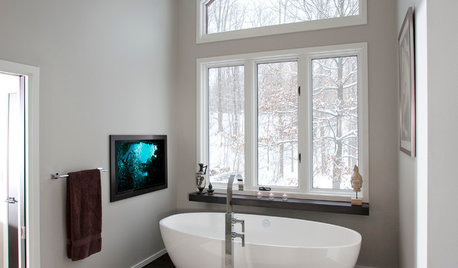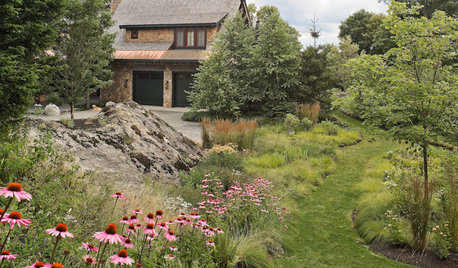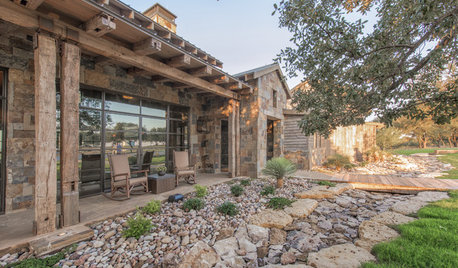Use of PTO tiller for Double Dug / Deep beds?
damonstealth
14 years ago
Related Stories

GARDENING GUIDESSoutheast Gardener's October Checklist
When you're not toting houseplants back inside or planting cool-season crops, you can start preparing garden beds for next year
Full Story
GARDENING GUIDESNew Ways to Think About All That Mulch in the Garden
Before you go making a mountain out of a mulch hill, learn the facts about what your plants and soil really want
Full Story
MORE ROOMSDecorate With Intention: Give Kids' Rooms a Boost
Take children's and teen bedrooms, playrooms and study spaces to the next level with these 10 time-tested tips
Full Story
BEFORE AND AFTERS7 Dramatic Bathroom Makeovers Across All Styles
You'll be amazed at these bathroom transformations, spanning different design tastes, budgets and remodeling approaches
Full Story
GARDENING GUIDESGarden Myths to Debunk as You Dig This Fall and Rest Over Winter
Termites hate wood mulch, don’t amend soil for trees, avoid gravel in planters — and more nuggets of garden wisdom
Full Story
GARDENING AND LANDSCAPINGGrow a Lush Privacy Screen
No need to wait forever for patio privacy the green way. These 10 ideas will get your screening up and running in no time
Full Story
GARDENING GUIDES13 Risks to Take for True Garden Rewards
Go ahead, be a rebel. Breaking rules in the garden can lead to more happiness, creativity and connection with the earth
Full Story
GARDENING GUIDESGardening Solutions for Heavy Clay Soils
What’s a gardener to do with soil that’s easily compacted and has poor drainage? Find out here
Full Story
FALL GARDENING5 Ways to Put Fall Leaves to Work in Your Garden
Improve your soil and yard the organic way with a valuable garden booster that grows on trees
Full Story
LANDSCAPE DESIGNTo Manage Stormwater Sustainably, Understand Your Site
Follow this guide to learn how water moves through your landscape and how best to manage it
Full StoryMore Discussions






zeuspaul
sfallen2002
Related Professionals
Danbury Landscape Architects & Landscape Designers · Clark Landscape Architects & Landscape Designers · Bethel Park Landscape Contractors · Bridgeport Landscape Contractors · Deerfield Landscape Contractors · Elmhurst Landscape Contractors · Euclid Landscape Contractors · Glendale Heights Landscape Contractors · Gloucester Landscape Contractors · Miller Place Landscape Contractors · North Highlands Landscape Contractors · Ocoee Landscape Contractors · Pahrump Landscape Contractors · Whittier Landscape Contractors · York Landscape Contractorsjonhughes
dchall_san_antonio
nancyjane_gardener
sfallen2002
idaho_gardener
damonstealthOriginal Author
zeuspaul
damonstealthOriginal Author
zeuspaul
damonstealthOriginal Author
zeuspaul
dchall_san_antonio
damonstealthOriginal Author